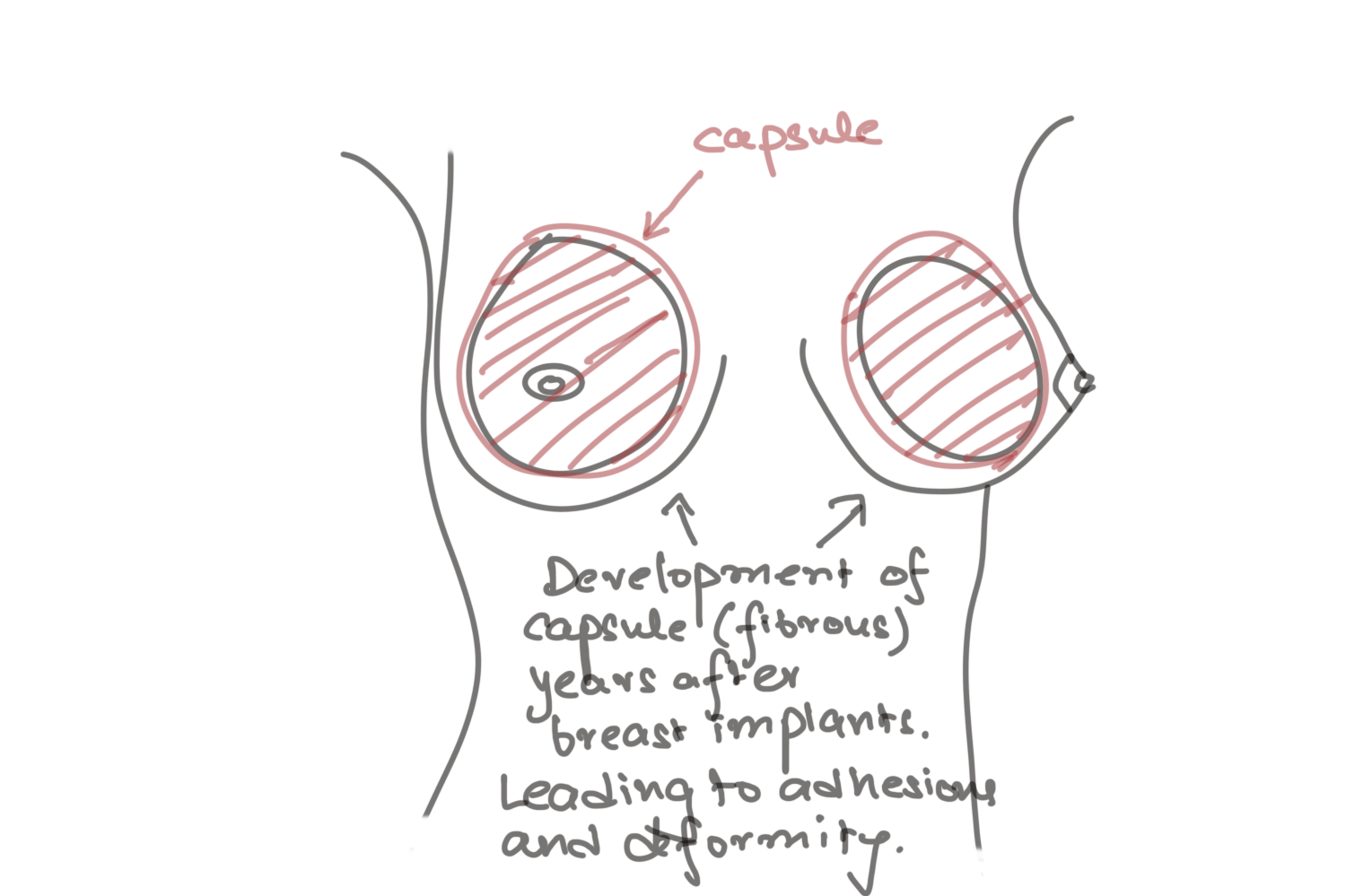cosmetic surgery
-

Oblique Flankplasty for Total Body Lift: A Safer, More Effective Approach to Waist Definition
Oblique Flankplasty for Total Body Lift: A Safer, More Effective Approach to Waist Definition Introduction Oblique Flankplasty with Lipoabdominoplasty (OFLA) is emerging as a pivotal advancement in body contouring surgery, particularly for patients undergoing total body lift (TBL) after massive weight loss. The recent study published in Aesthetic Surgery Journal by Dr. Dennis J. Hurwitz…
-

Enhancing Safety in Brazilian Butt Lift Surgery: Trends and Expert Insights
Enhancing Safety in Brazilian Butt Lift Surgery: Trends and Expert Insights The Brazilian Butt Lift (BBL) remains one of the most controversial and dangerous cosmetic surgery procedures performed today. Despite efforts to mitigate its high mortality rate, BBL continues to pose significant risks to patients, primarily due to pulmonary fat embolism (PFE), which is the…
-

Efficacy of Acellular Dermal Matrix in Breast Augmentation for capsular contracture
Efficacy of Acellular Dermal Matrix in Breast Augmentation for capsular contracture, review of an article Introduction Capsular contracture is a major complication in breast augmentation procedures, causing discomfort, aesthetic distortion, and the need for revision surgeries. A recent systematic review and meta-analysis published in the Aesthetic Surgery Journal examined the effectiveness of different types of…
-

Robot assisted latissimus dorsi flap reconstruction of breast
Introduction The evolution of reconstructive surgery has witnessed significant advancements, particularly in the domain of breast reconstruction post-mastectomy. One of the major developments in this field is the application of robotic technology for latissimus dorsi (LD) flap harvest. A recent study published in Aesthetic Surgery Journal by Eo et al. (2024) compared three surgical approaches:…
-

A Breakthrough in Dermal Fillers: Evaluating the New Hyaluronic Acid Hydrogel Cross-Linked with Lysine
A Breakthrough in Dermal Fillers: Evaluating the New Hyaluronic Acid Hydrogel Cross-Linked with Lysine Introduction Hyaluronic acid (HA) fillers are widely used in aesthetic medicine for skin augmentation and rejuvenation. However, conventional cross-linkers such as 1,4-butanediol diglycidyl ether (BDDE) present concerns regarding cytotoxicity and inflammatory responses. A recent study published in the Aesthetic Surgery Journal…
-

Ozempic and Subsequent plastic surgery
Ozempic, weight loss and Subsequent plastic surgery The use of Ozempic as a preoperative weight loss agent can offer significant benefits for individuals undergoing aesthetic and cosmetic procedures. Some key advantages include: ✅ Reduction in Surgical Complications: Weight loss before surgery can lead to lower risks of infection, improved wound healing, and decreased strain on…
-

Hyaluronidase in Aesthetic Practice: A Comprehensive Review of Its Use, Safety, and Emerging Guidelines
Hyaluronidase in Aesthetic Practice: A Comprehensive Review of Its Use, Safety, and Emerging Guidelines Introduction In recent decades, hyaluronic acid (HA) fillers have emerged as one of the most popular treatments in aesthetic medicine, celebrated for their ability to safely restore facial volume, enhance contours, and rejuvenate skin appearance. However, as with all injectable treatments,…
